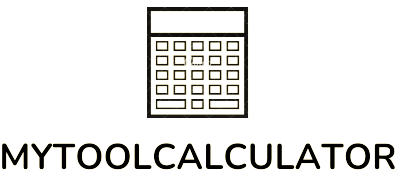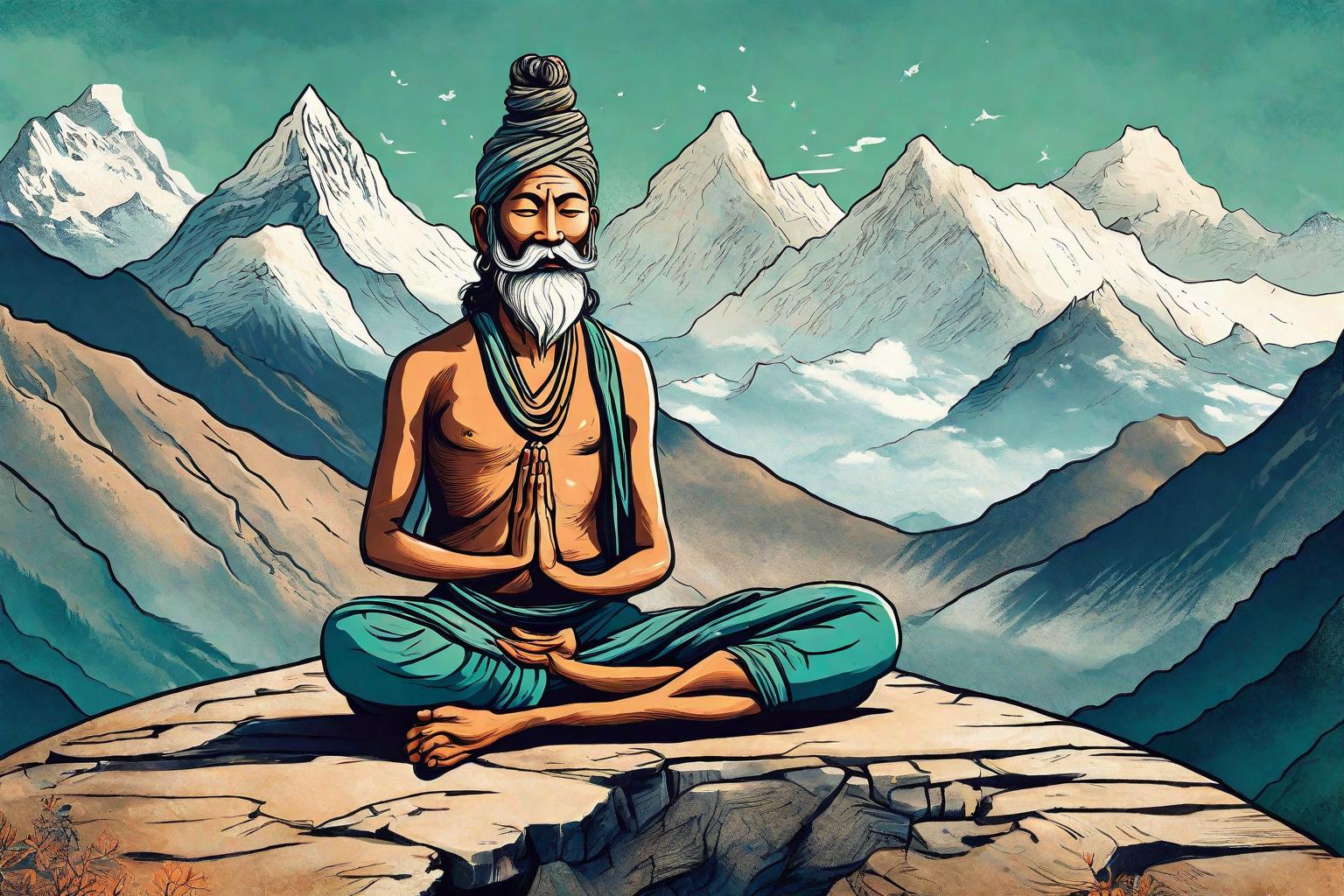Introduction:

Yoga, deeply rooted in ancient philosophy, offers more than just physical benefits. It’s a journey into mind and spirit, guided significantly by the principles laid out in the Yoga Sutras. Among its many teachings, the Yoga Sutra, penned by the sage Patanjali, delves into the art of pranayama. Pranayama, or the control of breath, is a key aspect of yoga that helps in harmonizing the body and mind. But, how many types of pranayama are explained in the Yoga Sutra? This article aims to explore this question, offering insights into the different forms of pranayama and their significance in the broader context of yogic practice.
check this out also What can be used instead of tamarind paste in indian curries(2024,updated)
Table of Contents
The Essence of Pranayama in Yoga Sutra
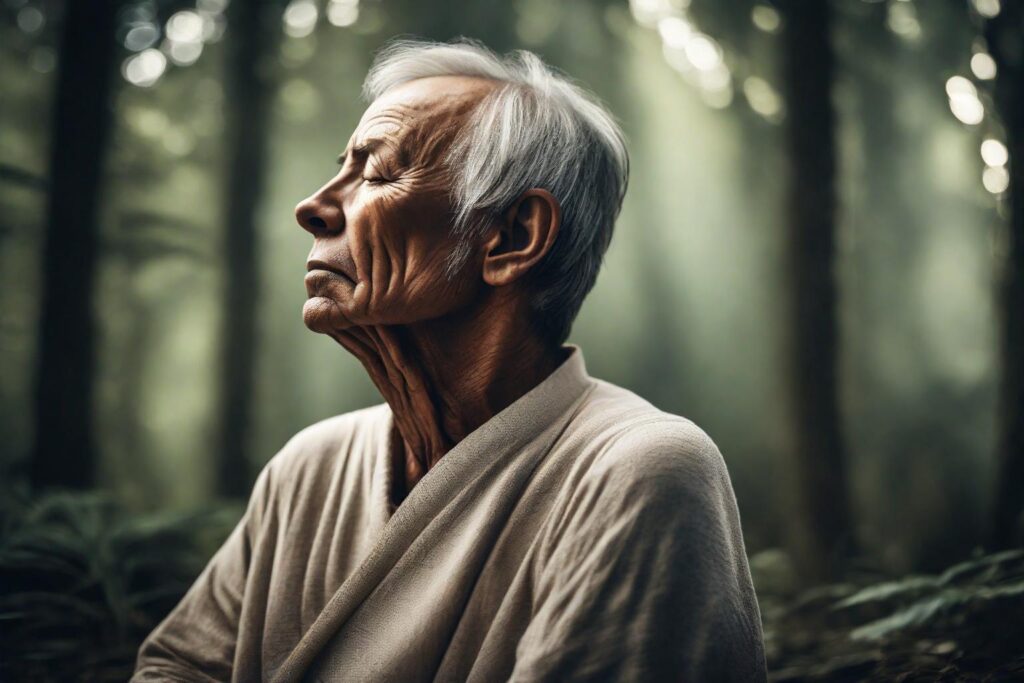
Before diving into the types, it’s crucial to understand what pranayama entails. In the Yoga Sutra, Patanjali describes pranayama as the regulation of the incoming and outgoing flow of breath with retention. It’s a process of mastering the life force (prana) that breath represents, thereby enhancing vitality and mental focus. Pranayama is not just about breathing exercises; it’s about cultivating and channeling energy through controlled breathing.
Types of Pranayama Explained in the Yoga Sutra
Patanjali’s Yoga Sutra, while extensively discussing pranayama, doesn’t explicitly list types. However, it lays the foundation for various pranayama techniques developed later. The classical texts and later interpretations have expanded on Patanjali’s teachings, detailing several types of pranayama, such as:
- Nadi Shodhana (Alternate Nostril Breathing): This involves alternate inhalation and exhalation through the left and right nostrils, balancing the body’s energy channels.
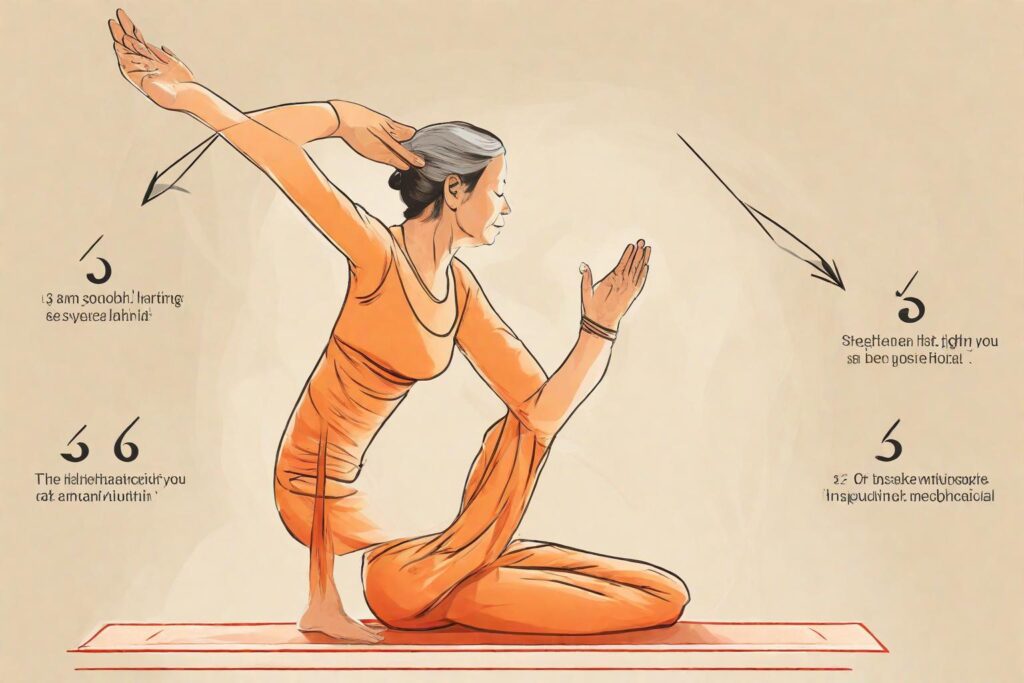
- Ujjayi (Victorious Breath): Characterized by a soft hissing sound, this technique is performed by partially closing the glottis during inhalation and exhalation.
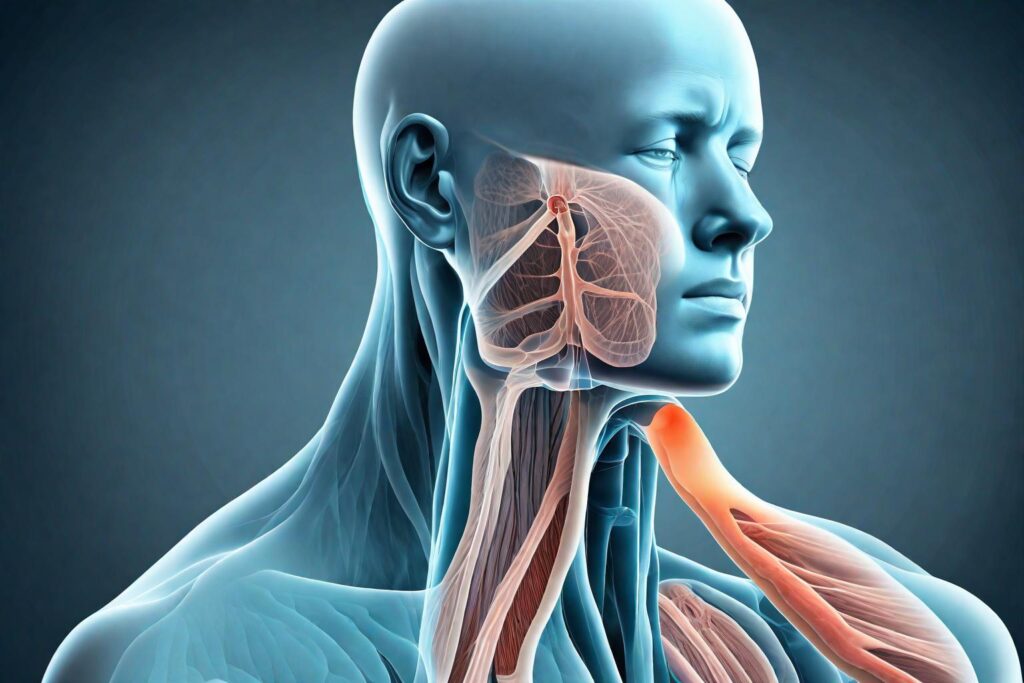
- Kapalabhati (Skull Shining Breath): A series of rapid, forceful exhalations followed by passive inhalations, known for their cleansing and energizing effects.
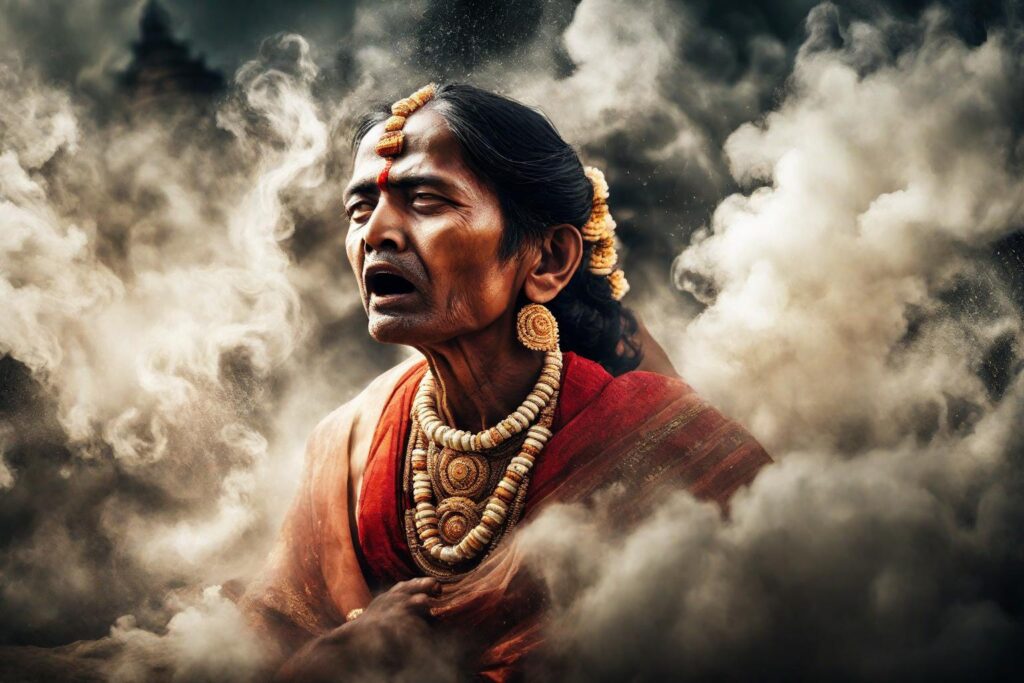
- Bhastrika (Bellows Breath): Similar to Kapalabhati but with active inhalations, this vigorous technique boosts oxygen supply to the body.
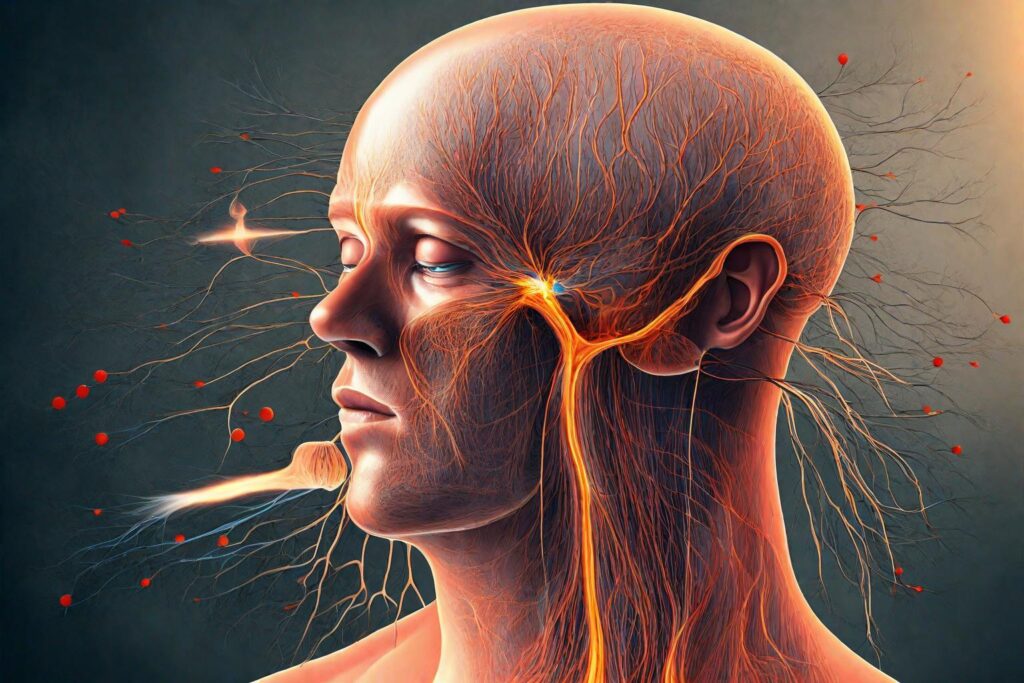
- Sheetali (Cooling Breath): Involves inhaling through a rolled tongue and exhaling through the nose, cooling the body.
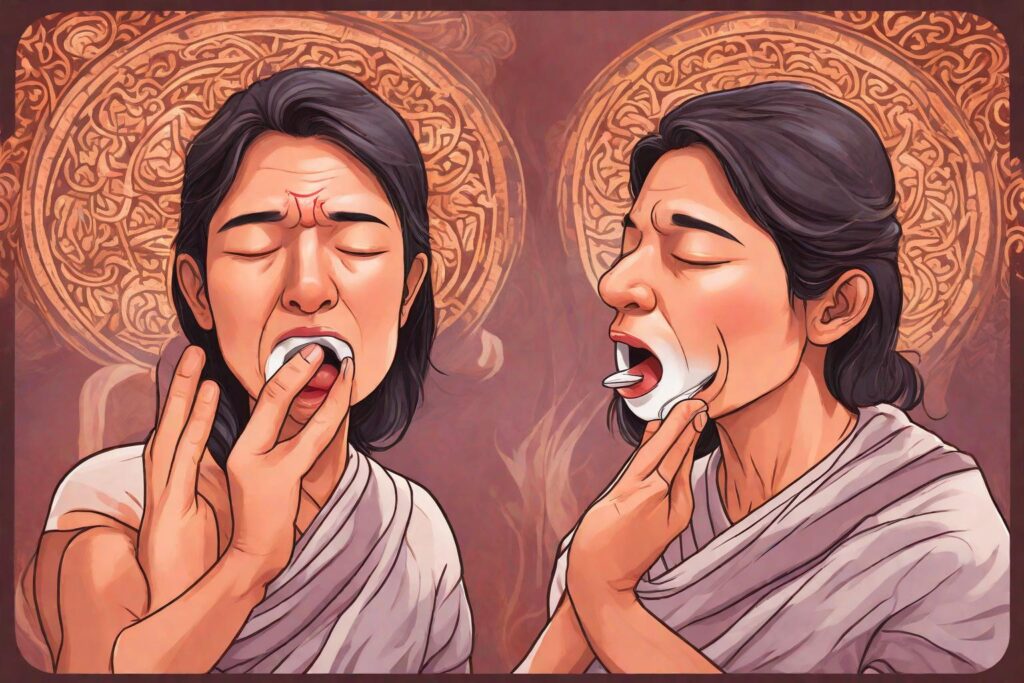
- Bhramari (Bee Breath): The practice of making a humming sound during exhalation, creating a calming effect on the mind.
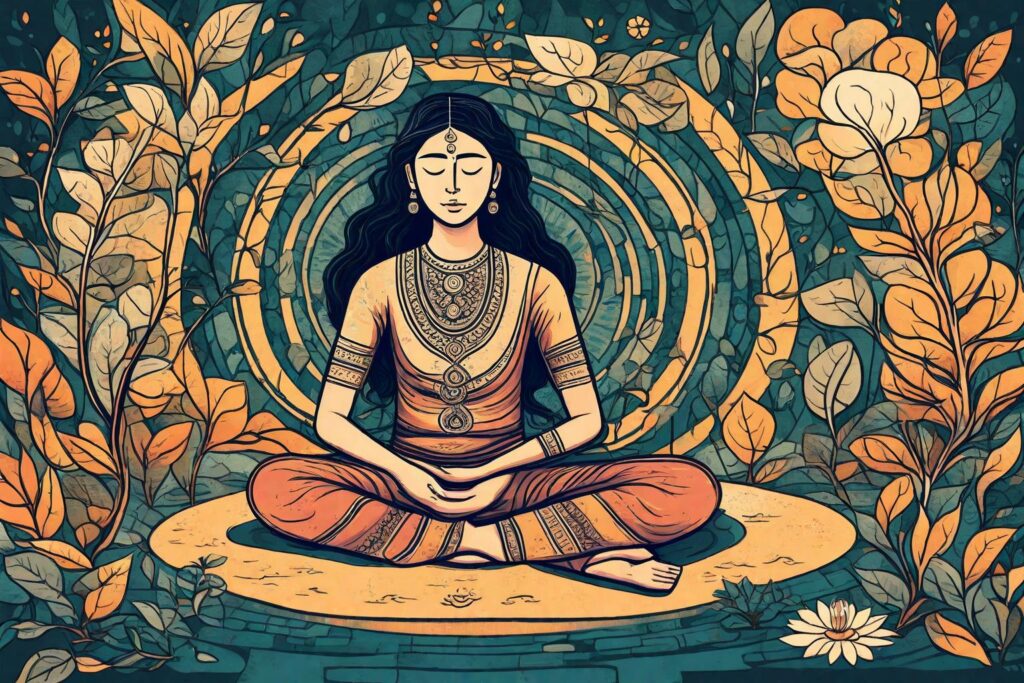
The Impact of Pranayama on Mind and Body
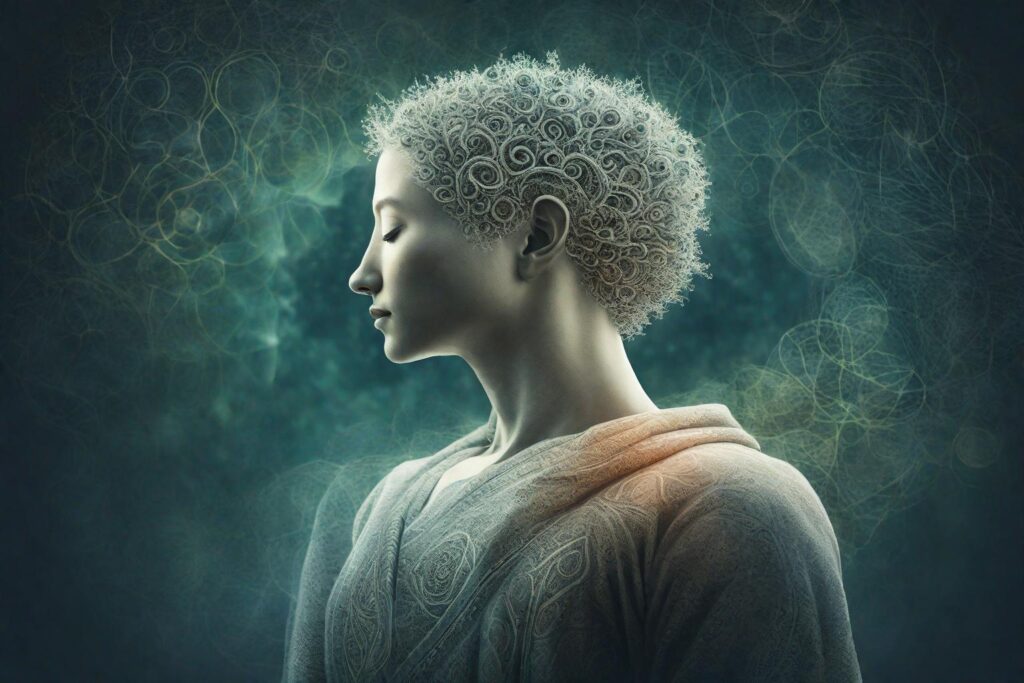
Practicing pranayama, as described in the Yoga Sutra and subsequent texts, profoundly benefits both physical and mental well-being. It improves respiratory efficiency, increases oxygenation of the blood, and enhances mental focus and relaxation. Regular practice of these techniques can lead to a deeper sense of inner peace and heightened awareness.
Conclusion: A Journey Through Breath
The exploration of the types of pranayama in the Yoga Sutra reveals the depth and versatility of yoga. While Patanjali’s original texts provide the philosophical groundwork, the evolution of pranayama practices enriches the yogic tradition, offering a diverse range of techniques suitable for different needs and experiences. Embracing pranayama is to embark on a transformative journey of self-discovery through the power of breath.
